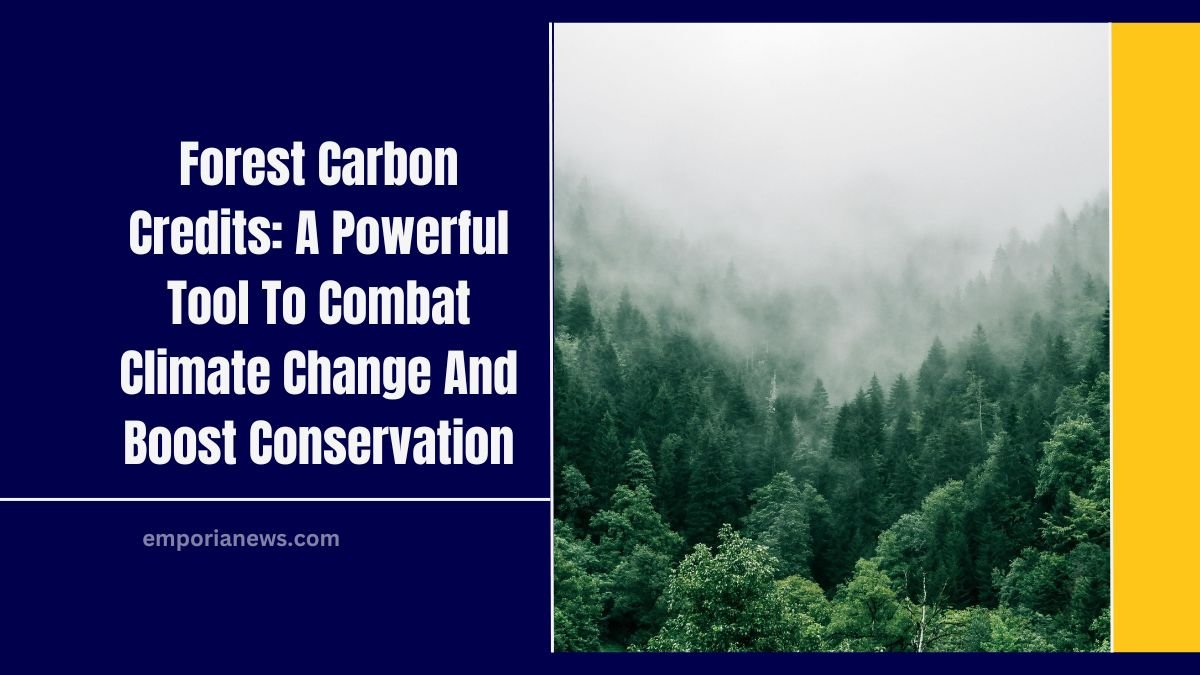Forest carbon credits have emerged as a pivotal strategy in the global effort to mitigate climate change. By incentivizing the preservation and sustainable management of forests, these credits offer a dual benefit: reducing greenhouse gas emissions and promoting ecological conservation.
Understanding Forest Carbon Credits
A forest carbon credit represents a quantifiable amount of carbon dioxide (CO₂) that is either sequestered by trees or prevented from being released into the atmosphere due to conservation efforts.
Entities, such as corporations or governments, can purchase these credits to offset their own emissions, thereby contributing to global carbon reduction goals.
Mechanisms Behind Carbon Credits
The process involves several key steps:
- Assessment: Forests are evaluated to determine their carbon sequestration potential.
- Certification: Projects undergo rigorous validation to ensure they meet established standards for carbon offsetting.
- Issuance: Upon certification, carbon credits are issued, each representing a specific amount of CO₂ sequestered or emissions avoided.
- Trading: These credits are then sold in carbon markets to entities aiming to offset their emissions.
The Role of the Family Forest Carbon Program
The Family Forest Carbon Program is a notable initiative that enables family forest owners to access carbon markets.
Developed by the American Forest Foundation and The Nature Conservancy, the program provides financial and technical resources to help landowners implement sustainable forest management practices.
This not only enhances forest health but also increases carbon storage, contributing to climate change mitigation.
Benefits of Forest Carbon Credits
- Climate Mitigation: By preserving forests, significant amounts of CO₂ are sequestered, directly combating climate change.
- Economic Incentives: Landowners receive financial compensation for maintaining and enhancing forest ecosystems.
- Biodiversity Conservation: Protecting forests safeguards habitats, promoting biodiversity.
Challenges and Criticisms
Despite their advantages, forest carbon credits face scrutiny:
- Verification Issues: Ensuring the authenticity and effectiveness of carbon credits can be challenging.
- Market Volatility: The value of carbon credits can fluctuate, affecting the financial stability of conservation projects.
- Ethical Concerns: Critics argue that carbon credits may allow companies to continue emitting greenhouse gases under the guise of offsetting.
Recent Developments in the Carbon Credit Market
The carbon credit market is evolving, with significant initiatives underway:
- Amazon Protection Plan: A $1.5 billion plan has been launched to protect the Amazon rainforest by selling credits associated with its preservation.
- Microsoft’s Commitment: Microsoft has secured a deal to restore parts of the Brazilian Amazon and Atlantic forests, purchasing 3.5 million carbon credits over 25 years to offset emissions from its AI operations.
| Initiative | Description | Investment Amount | Duration |
|---|---|---|---|
| Amazon Protection Plan | Aims to protect the Amazon rainforest by selling preservation-associated credits. | $1.5 billion | Ongoing |
| Microsoft’s Restoration Deal | Focuses on restoring parts of the Brazilian Amazon and Atlantic forests to offset AI emissions. | Approx. $200 million | 25 years |
Forest carbon credits represent a valuable tool in the fight against climate change. While they offer significant benefits in terms of emission reductions and economic incentives for landowners, it is crucial to address associated challenges to ensure their effectiveness and integrity.
As the market evolves, continued innovation and rigorous standards will be essential to maximize the potential of forest carbon credits as a sustainable solution.




